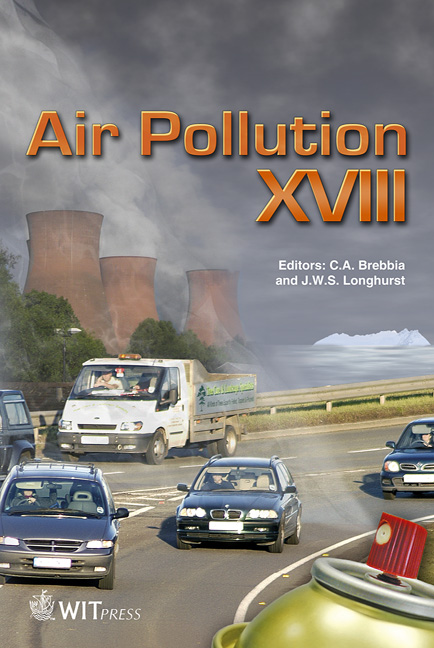Building Comparable Synthetic Health-related Indicators Of Air Quality In Cities
Price
Free (open access)
Transaction
Volume
136
Pages
11
Page Range
261 - 271
Published
2010
Size
484 kb
Paper DOI
10.2495/AIR100231
Copyright
WIT Press
Author(s)
C. Aschan-Leygonie & S. Baudet-Michel
Abstract
Working on the relationship between respiratory health and atmospheric pollution in French cities led us to adopt a perspective that considers the risk for a single city of showing high levels of respiratory health problems. The risk level in a city is dependent on population vulnerability, the city context and pollutant levels. This presentation focuses on the observation of the unequal pollution hazards in French cities on a macro-scale. The study field covers 34 French cities of more than 100,000 inhabitants. The aim is to build different synthetic indicators of atmospheric pollution that consider the temporal and spatial diversity within a city, and to compare the different results. The focus is on the results for nitrogen dioxide (NO2) over the 2007 and 2008 winter season. The paper presents the database and methodology used. The findings show that the spatial structure of air pollution between the cities remains globally the same whatever the indicator chosen. However, the results also show significant changes in the relative position of certain cities. When comparing the more conventional indicator calculated from mean daily concentrations in urban monitoring sites with an indicator also taking into account the concentrations observed in roadside stations, relative changes appear for more than ten cities. These findings highlight the importance of the criteria used in the choice of the indicators, and the benefit of using a set of complementary indicators in epidemiological studies. Keywords: air pollution, spatial variation, indicator, cities, environmental epidemiology.
Keywords
air pollution, spatial variation, indicator, cities, environmental epidemiology





